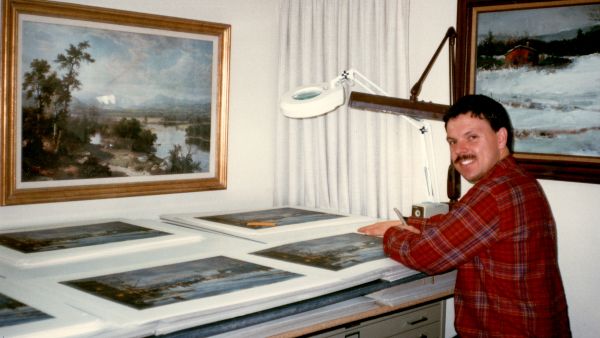
If you remember going to the mall or watching QVC in the 1990s, you may recall Thomas Kinkade. He was a remarkably prolific painter who specialized in comforting—occasionally more than garish—landscapes, generally featuring a cottage where every room was blaringly lit, electricity bill be damned. He was a favorite of certain middle-class, family-oriented folk. It wasn’t challenging art by any means, but it just made certain people feel good. It was comfort food.
Art for Everybody chronicles the life of this complicated man, the meaning behind the phenomenon of his rise, and the reaction of establishment art critics to his work. It does so in a respectful, though brutally honest, manner.
Kinkade grew up poor in a troubled home in a small Northern California town, where his father left when he was young. He was drawn to art early and was recognized as talented from a young age. After college, he worked as a background artist for the Ralph Bakshi animated film Fire and Ice. Bakshi was an early cheerleader of his work, which is notable because their styles are markedly different.
The dichotomy that Yousef explores is that Kinkade was a massively popular artist with a style that encompassed just one part of his personality. The paintings he offered for public consumption had a nostalgic, comforting glow, while his other works—those that didn’t fit into this light-filled genre—literally went into a vault in his home.
His family considered him something of a performance artist, taking on different personas depending on the audience. Like Warhol, Kinkade instinctively knew how to market himself as a brand. The way he did that was, at the time, revolutionary. He started a mail-order business for his own paintings and prints. Partnering with Ken Raasch, he created Media Arts Group, which moved from mail orders to something completely unique: They opened art galleries in malls that exclusively sold reproductions of Kinkade’s work—and they took off. Yet most art critics had never heard of him until Susan Orlean’s 2001 New Yorker article.
Meanwhile, Kinkade was raising four children with his wife, Nanette. These kids were put in service of his business. All of them are interviewed here, along with Nanette. The heart of the story really resides in these interviews, as the now-grown children (one of whom has become a painter) reminisce about their loving but distant and complicated father. There is real love in all of their eyes, as well as sadness and anger. One daughter felt she wasn’t seen. Another felt it was hypocritical to act one way publicly and another privately.
Art for Everybody takes its time building up Kinkade’s story and placing his art in its historical and social context before hitting the last third—and its real theme. As Kinkade felt more and more pressure to be Thomas Kinkade, he took to drinking, which led to erratic behavior and, eventually, the inevitable. This is where director Miranda Yousef cracks open the vault.
Ultimately, Art for Everybody is about a popular, populist painter whose downfall—aside from his ego—was being trapped in and unable to escape from a self-invented persona. It’s a phenomenon one can also experience in today’s world of social media influencers, celebrities, and virtue signaling.

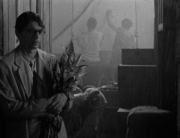
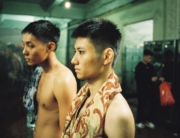
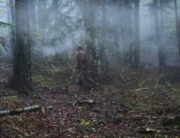
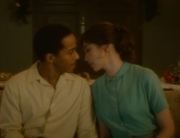
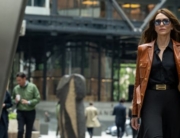
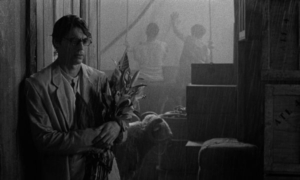
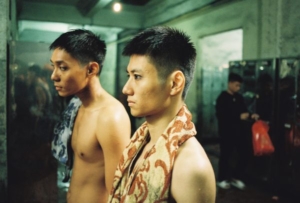
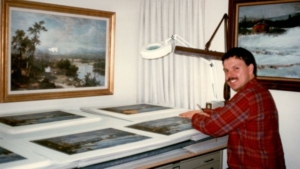
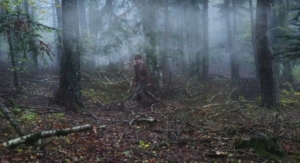
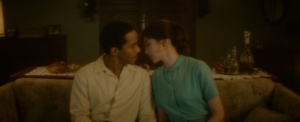



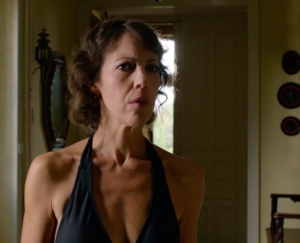
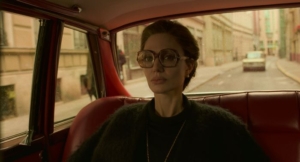
Leave A Comment